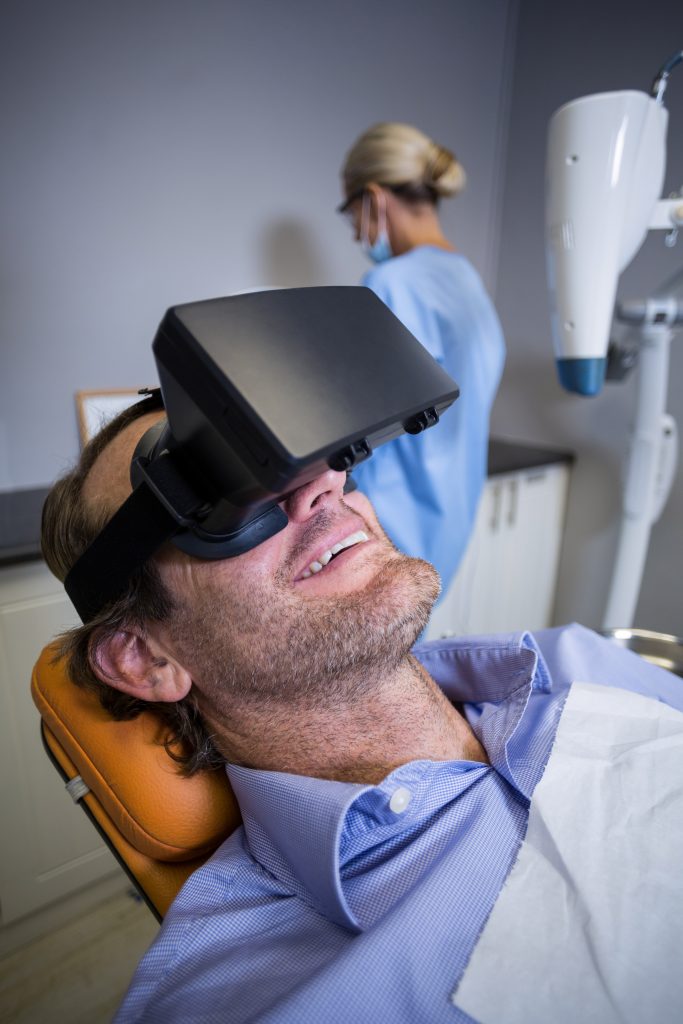Worldwide , the one year prevalence is estimated at 4.5% of the global population. Of those suffering with Agoraphobia, two thirds are women patients. In the USA, about 15 million adults suffer from social phobias each year, this traditionally develops at 13 years of age.
According to the American Psychiatric Association, approximately 9% of adults have a Specific Phobia which often begins when the child is about 7 years of age. The fear of animals is the most common phobia in America. But only as many as 1 in 10 sufferers get treatment because it is often aversive and painful. In fact many people don’t want to face their greatest fear.
According to the American Psychiatric Association, approximately 9% of adults have a Specific Phobia which often begins when the child is about 7 years of age. The fear of animals is the most common phobia in America.
But only as many as 1 in 10 sufferers get treatment because it is often aversive and painful. In fact many people don’t want to face their greatest fear.
What are the top 10 Phobias?
The top ten phobias include
Arachnophobia
The fear of spiders
Cynophobia
The fear of dogs
Ophidiophobia
The fear of snakes
Astraphobia
The fear of thunder and lightning
Pteromerhanophobia
The fear of flying
Acrophobia
The fear of heights
Trypanophobia
The fear of injections
Mysophobia
The fear of germs or dirt
Agoraphobia
The fear of situations in which escape is difficult
Social Phobias
The fear of social situations

Treatments
But help is on the way with Virtual Reality, Augmented Reality and many more technological advances.
The challenge for psychologists has been to replicate the fear or “real” situation in the clinic. Up to now there has been great success with Exposure Therapy and Cognitive Behavioural Techniques (CBT) but it can take time and difffernt patients react differntly to these treatment methods. Medicines like Selective Serotonin Reuptake Inhibitors (SSRIs) are also prescribed but have some challenging side effects.
The most effective way to overcome a phobia is by gradually and repeatedly exposing yourself to what you fear in a safe and controlled way. During this exposure process, patients learn to ride out the anxiety and fear until it inevitably passes.
VR is just the way and early clinical studies show that treatment time is reduced significantly resulting in lower costs to patients, reducing waiting lists and assisting psychologists in being more effective in their treatments and improving the patient’s quality of life.
PsycReality are here to assist psychologists with a unique software that can be used in clinics in the treatment of phobias. There are many emerging technologies that can be used in these treatments and PsycReality will be at the forefront in assisting psychologists in treating their patients.



 Norwegian
Norwegian